World War One

World War One began in 1914 and ended in 1918. The war ended at exactly 11 o'clock in the morning of Sunday 11th November after both sides agreed to stop fighting. This truce was called the Armistice.
Many millions of soldiers died in those four years.
After the war, people remembered the soldiers who died every year on 11th November. This is called Remembrance Day.
What happens on Remembrance Day?

Remembrance Day service at The Cenotaph in London, 1920s and present day.
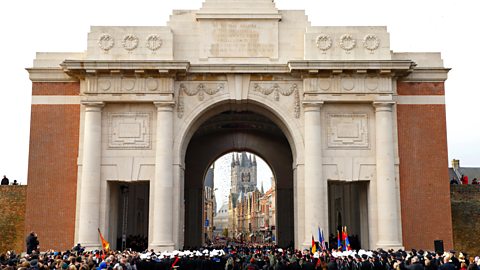
Large crowds gather to remember the war together. Poppies were dropped from the roof of the Menin Gate on Armistice Day, 11 November 2013 in Ypres, Belgium.
- People remember those who were lost by holding a two-minute silence and by wearing a red poppy.
- On the nearest Sunday to Armistice Day, services are held in churches. People across the UK also have a two-minute silence as a sign of respect to those who died.
- In London, thousands of servicemen and women march past a memorial called the Cenotaph.
- On Remembrance Day people also think about those who lost their lives in World War Two and more recent conflicts.

Large crowds gather to remember the war together. Poppies were dropped from the roof of the Menin Gate on Armistice Day, 11 November 2013 in Ypres, Belgium.
Why do people wear poppies?
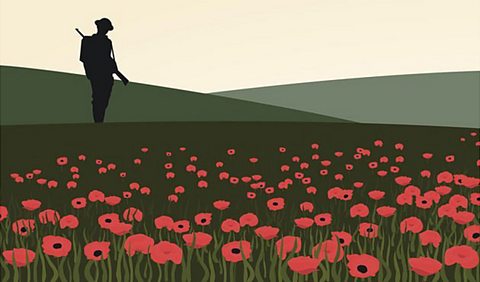
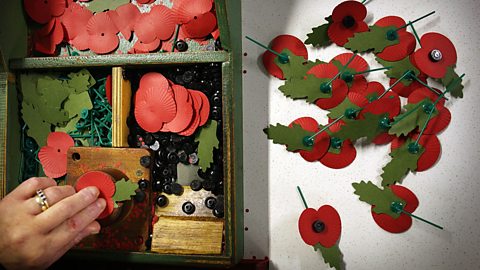
Poppies grew on the fields of World War One and are used to remember soldiers who died in battle. Paper poppies are still sold today for charity.
- There are many poppies in France and Belgium growing on the old battlefields.
- People began wearing poppies for Remembrance Day in 1921.
- In 1922 a factory was set up to make them and raise money for wounded soldiers.
- A Canadian soldier, John McRae, wrote a famous poem about the battlefields in Belgium. It is called 'In Flanders’ Fields'.
- The poem begins, In Flanders Fields, the poppies blow, Between the crosses row on row….

Poppies grew on the fields of World War One and are used to remember soldiers who died in battle. Paper poppies are still sold today for charity.
Activity: Remembrance Day quiz
Play Bitesize Primary games. game
Fun and educational primary games in science, maths, English, history, geography, art and design, computing and modern languages.

More on Events within living memory
Find out more by working through a topic
- count3 of 5
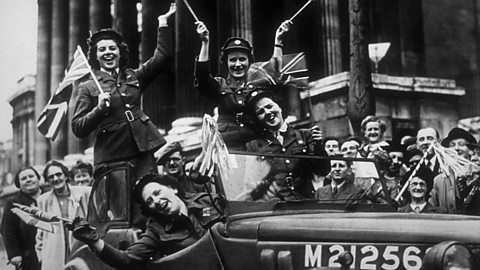
- count4 of 5

- count5 of 5
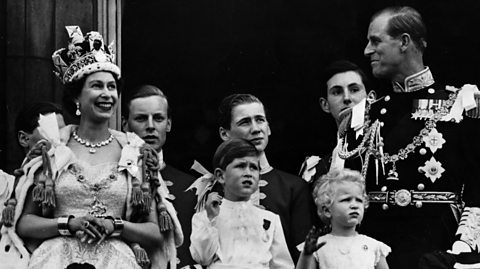
- count1 of 5
